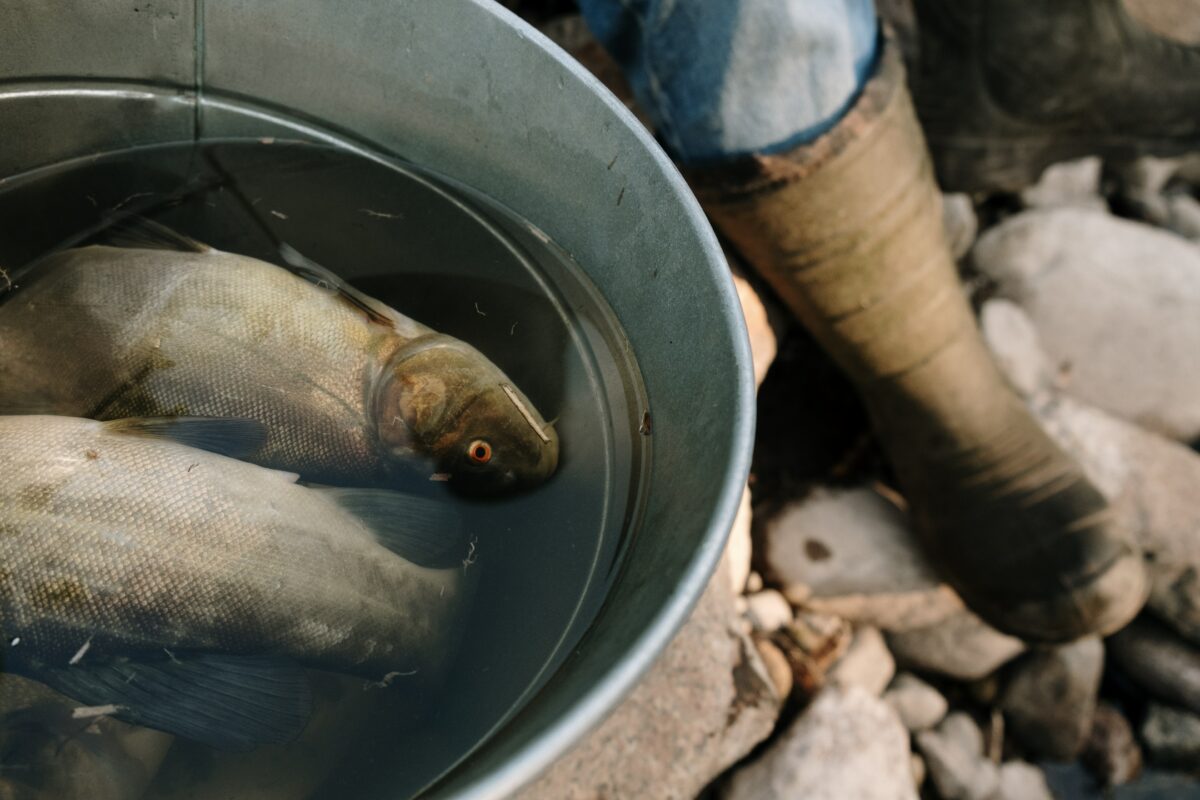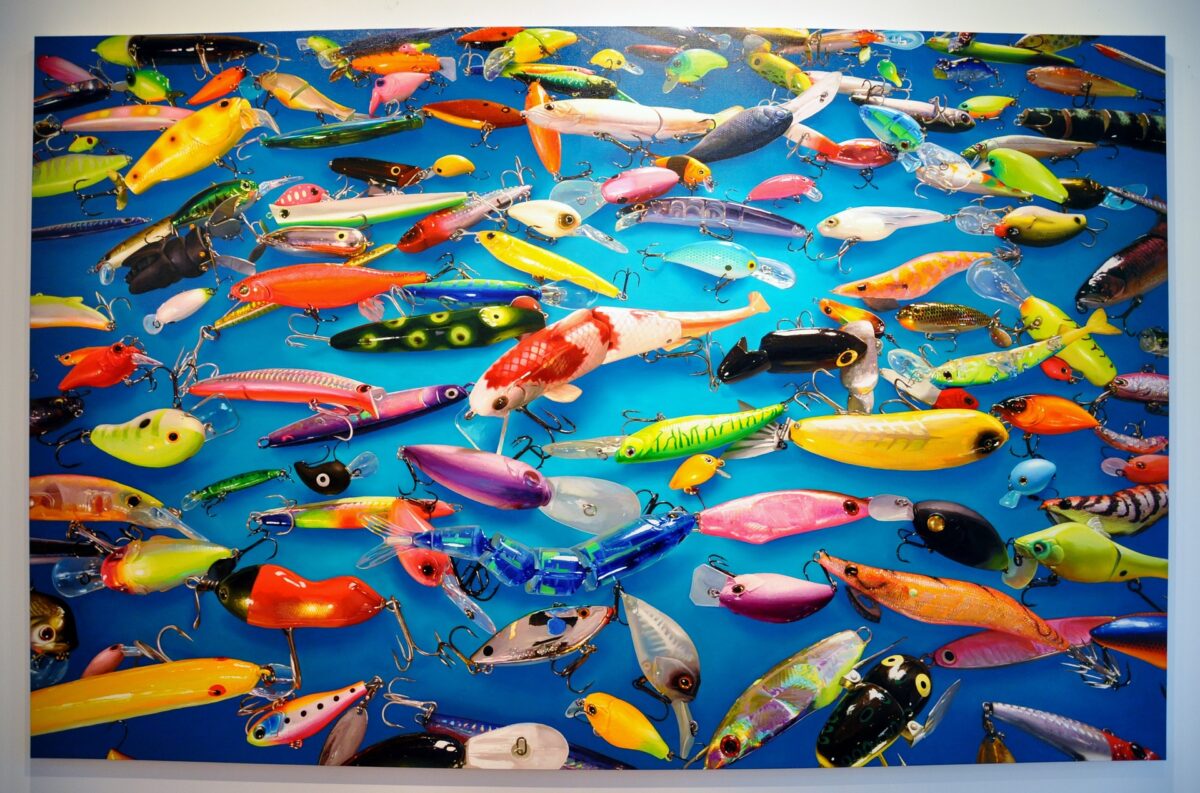Carp fishing can be practiced all year round and is very popular with fishing enthusiasts. Moreover, fishing for this type of fish can be done both during the day and at night. And that’s not all! Carp fishing is an opportunity for you to catch beautiful fish. The weight of these fish is usually around 10 kg and more (up to 20 kg). However, as with other fish, carp fishing also involves choosing the right hook to use. In this article you will find all you need to know about choosing the right hook for successful carp fishing.
The hook, an essential element for carp fishing
You should not underestimate the choice of thecarp hook that you will place at the end of the line. The hook is an essential element for fishing in general and for carp fishing in particular. Indeed, as mentioned above, carp is a rather large fish, and its catch requires a strong and sharp hook. If you choose the wrong hook, you will be more likely to be confronted with stalls (due to a hook opening in the middle of a fight for example).
However, the market currently offers a wide choice of hooks with extremely varied characteristics. It is easy to get lost, especially if you are a beginner in the field. By these few lines below, we will guide you so that you do not make a mistake in the choice of your carp hook.
How to choose the shape and the point of the hook
As you will surely have noticed, the hooks available on the market are constantly diversifying. It is mainly through the type of shape and point that these hooks differ from one another. In many ways, hooks with a straight shank and an inward point are the most popular models. These types of hooks are classified as “iron-strong”, i.e. very robust. These are the ideal types of hooks for carp fishing in congested waters (e.g. dead wood) or in running waters (rivers).
Apart from that, always use a hook with a sharp point, so that the carp can keep it once swallowed.
The question of hook size for carp fishing
The choice of the size of thecarp hook depends on the size of the bait to be used. Obviously, the larger the bait, the larger the hook you use (size 1 to 4). If the bait you are planning to use is small, you will of course opt for the small hooks (size 4 to 8).







